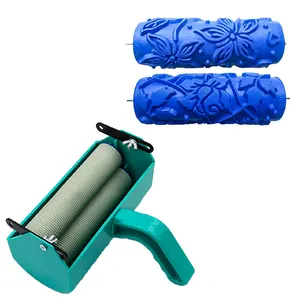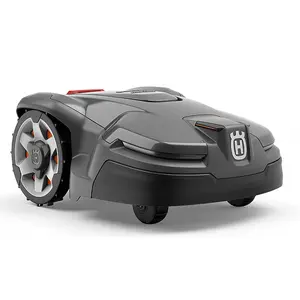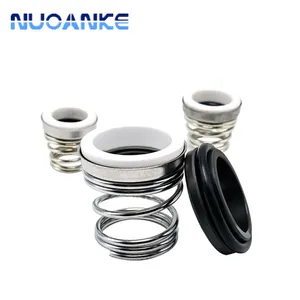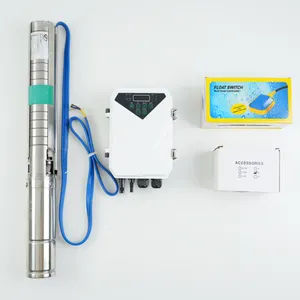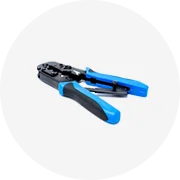Phổ biến trong ngành của bạn























































Các tìm kiếm liên quan:









































































































































Các danh mục hàng đầu
Giới thiệu về dụng cụ pvc
Hệ thống ống bao gồm các thành phần khác nhau, bao gồm dụng cụ pvc và được làm từ các vật liệu khác nhau. Chúng tôi cung cấp dụng cụ pvc giá sỉ để tạo kênh thông suốt cho hệ thống đường ống ở cả khu thương mại và khu dân cư.
Vật liệu được sử dụng tùy thuộc vào keyword chất lỏng. chuyên chở. Một trong những keyword được sử dụng phổ biến là phụ kiện PVC. Các đặc điểm của phụ kiện ống PVC tạo nên sự thích hợp là cho phép bề mặt tường nhẵn hơn làm giảm sức cản đối với dòng chảy. Nó cũng nhẹ và tiết kiệm chi phí.
Mặt khác, các phụ kiện bằng đồng có khả năng chống ăn mòn. Như vậy, chúng có khả năng chịu đựng các yếu tố bên ngoài cao hơn. Điều đó làm cho phụ kiện ống đồng trở thành một lựa chọn tốt để áp dụng cho hệ thống ống nước ngầm.
Ngoài vật liệu, còn có các thành phần khác của phụ kiện ống cần lưu ý. Bẫy chữ P ngăn mùi bằng cách giữ lại một vũng nước nhỏ để ngăn khí thải xâm nhập vào phòng tắm. Nắp ống che phần cuối của ống để ngăn dòng chất lỏng và bảo vệ các ren ống.
Việc sử dụng ống đóng một vai trò quan trọng đối với vật liệu phù hợp. Để sản xuất, đường ống sẽ cần phải có khả năng chịu được chất lỏng được truyền tải. Chúng tôi cung cấp các giải pháp từ uốn cong ống đến phụ kiện nén ống đồng cho bất kỳ hệ thống đường ống nào được yêu cầu.
